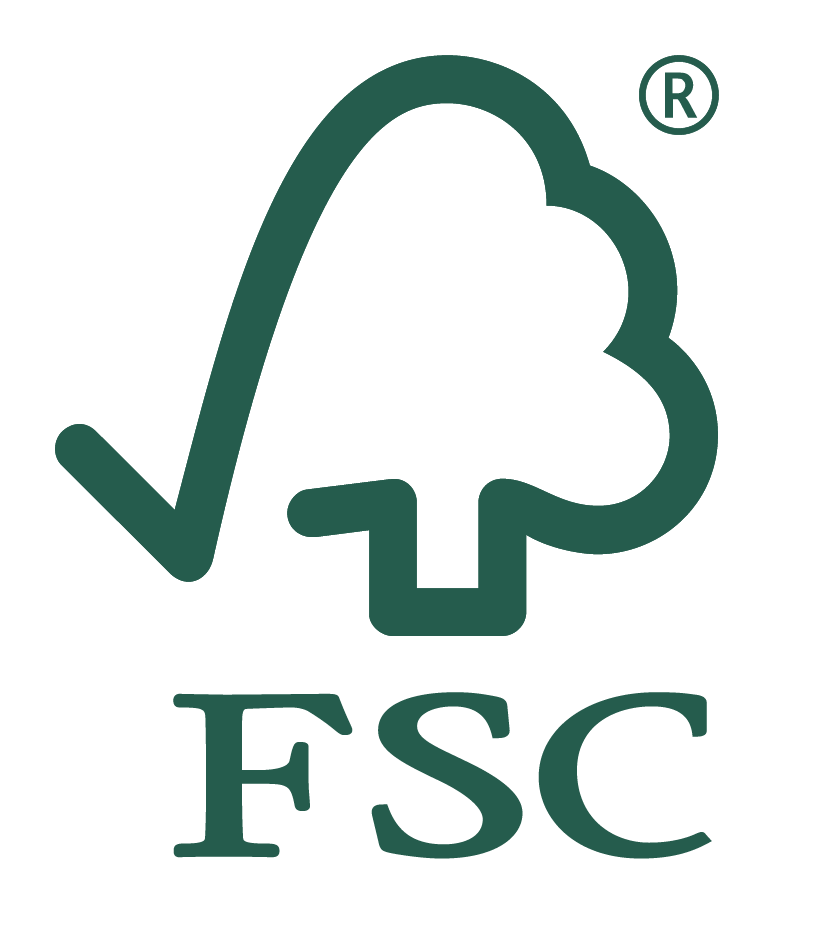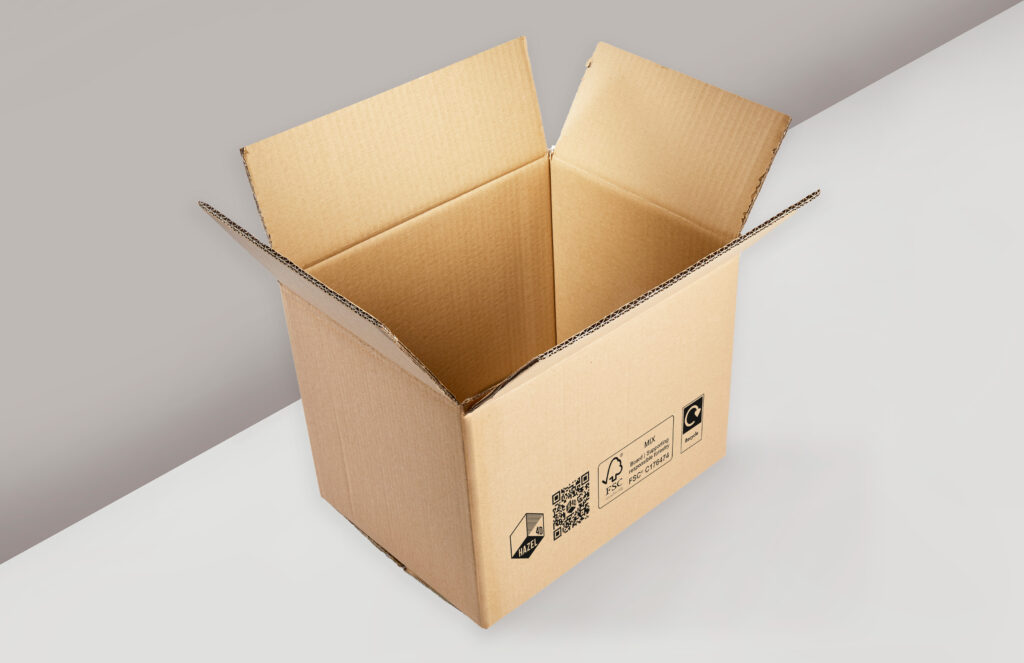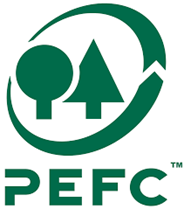
The Forest Stewardship Council (FSC) and the Programme for the Endorsement of Forest Certification (PEFC) have developed to service the need to regulate and promote Sustainable Forest Management (SFM). They are both globally recognised certification programmes and can be used in isolation or in combination with each other to provide credibility and transparency for those in the value chain. They are both also aligned with the European Union Deforestation Regulation, which are rules to guarantee that the products EU citizens consume do not contribute to deforestation or forest degradation worldwide.
FSC is a global standard for managing forests which can then be nationally adapted (second-party). On the other hand, PEFC is a mutual recognition scheme where it assesses each country’s independent forestry management schemes against international criteria (third-party). Both certification standards are highly recognised by consumers. Being aligned with either of these schemes and utilising FSC and PEFC products, strengthens and adds credibility to your sustainability position.

The Forest Stewardship Council (FSC) is a global certification system that has developed a standard containing ten principles for responsible forest management. Certified forests must adhere to strict environmental and social criteria, including plant and animal species conservation, worker rights, community rights, and zero deforestation. By choosing to purchase goods from a certified FSC forest, you are supporting responsible forestry practices rather than unregulated, harmful practices. The FSC labels also have strong consumer recognition, with 80% saying they are more likely to trust a brand if it offers FSC-certified products (FSC Consumer Awareness study, 2023).
FSC have various labels depending on the composition of the material used. 100% FSC indicates that the product you are buying is made of wood fibre that has been entirely sourced from an FSC-certified forest. FSC Recycled ensures the product is made using 100% recycled material, with a minimum of 85% post-consumer waste. FSC Mix means that the product contains at least 70% FSC-certified or post-consumer recycled material, with the remainder being pre-consumer recycled material or controlled wood.

There are numerous different FSC certifications and licenses depending on where your organisation sits within the supply chain:
The FSC develops the standards which are used as a framework for auditing a forest organisation or business associated with forestry practices. An independent organisation will use the standards to conduct an audit of the business to determine if the business practices align with the FSC framework.
Audits are conducted on an annual basis with certification being valid for 5 years. Any company that manufactures, repackages, relabels, or transforms an FSC product or material in any way must hold an FSC certification in order to display the FSC logo.

We hold a Chain of Custody certification which means we’re able to handle, transform, and promote FSC-certified products. We clearly label the product with the FSC logo to demonstrate to consumers and end-users that the material is made in forests where sustainable forestry is practiced. The Transaction Verification loop is the process on which the chain of custody standard is based, which ensures that FSC output claims made by certificate holders are accurate and match the claims of their trading partners.
We’re able to add the FSC logo artwork onto any FSC-certified product we offer to you, meaning that your products will clearly display whether a product is made of 100%, Recycled, or Mix FSC-certified material.
A Promotional Licence means that retailers, brands, and others can use the FSC trademark to show their commitment to sustainable forestry. The process starts with submitting an application that includes supporting documentation that provides evidence of the products you wish to promote. Once approval has been granted, you are free to use the FSC trademarks in your promotional materials.
The Programme for the Endorsement of Forest Certification (PEFC) endorses national forest certification systems developed through multi-stakeholder processes and tailored to local priorities and conditions. The PEFC put an emphasis on local certification, with each national forest certification system undergoing rigorous third-party assessment against the PEFC Sustainability Benchmarks.
Certification is based on compliance with social, health, and safety requirements, based on the ILO Declaration on Fundamental Principles and Rights to Work. There is an emphasis on the supply chain, especially worker rights and traceability of materials and products. Products can only carry a PEFC label if it contains a minimum of 70% PEFC-certified material.
PEFC labels can either be for on-product use (e.g. physical unpackaged products, packaging products, or containers as well as documentation or marketing material for that specific product) or for off-product use (e.g. company reports, posters, company websites, promotional material).

In order to earn a certification, your business must develop and implement procedures to account for the purchasing, tracking, manufacturing, sale, and recordkeeping of certified materials. A PEFC-recognised certification body will conduct an audit to ensure you are compliant with the necessary standards. The certification is valid for a maximum of 5 years; with audits being carried out on an annual basis.

While FSC and PEFC are both valuable and credible in their own right, it is important to understand that they are not directly comparable as the certifications don’t represent exactly the same topics. FSC concentrates on controlled forest management, while PEFC focuses on the sustainability of the forestry product throughout the supply chain.
FSC is a second-party accreditation, meaning that all certification holders have to align with the same criteria and framework. This is beneficial if you source materials from numerous different suppliers as then it is easier to compare the business operations of two different companies. However, PEFC takes into account the nuances between various countries and their regulations/standards due to it being a third-party accreditation. This means that you can compare operations between countries, which could be more time efficient, and allows for comparisons on a larger scale.
It is only possible to determine which certification is more important or would add more value to your business by understanding your operations and what your greatest impact is on the supply chain. Perhaps even more important is understanding the values and knowledge of your consumers and what resonates more effectively with them. For example, in the UK, FSC has a much wider recognition and understanding amongst consumers. This is the most effective way to drive commercial value from making more sustainable choices in your sourcing or product options.
If you’re considering switching to more paper-based products, materials sourced from sustainably managed forests is a critical consideration. As such, we encourage discussions around our FSC certification and the impact it has on your business and product options, so please get in touch to organise a meeting on how we can help improve the sustainability of your packaging.